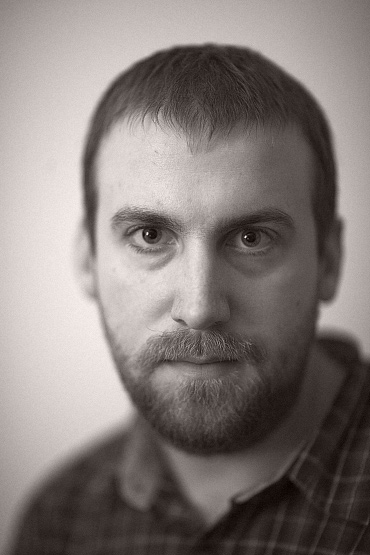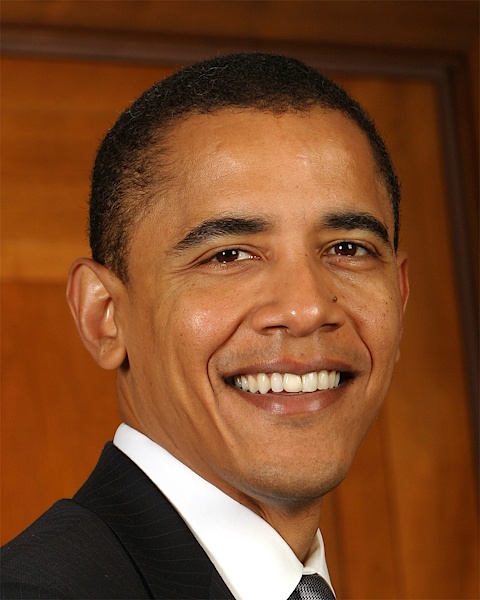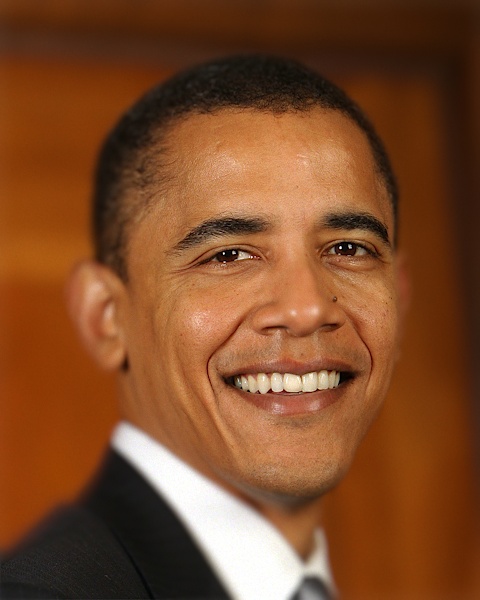Bart_van_der_Wolf
pro member
As the subject line says.

Copyright assumed to belong to the Chicago Sun-Times.
I've tried to find the cover and copyright notice of the photographer on the newspaper's site, but was not successful. So, for editorial usage only!
Now, looking at the perspective distortion, I'd assume a 35-50mm on a full frame 24x36mm sensor array, or equivalent. The DoF looks a bit too funky, so Photoshop might be involved.
BTW, the camera standpoint above the eye-level isn't too flattering either.
Anybody else have a guess?
Bart

Copyright assumed to belong to the Chicago Sun-Times.
I've tried to find the cover and copyright notice of the photographer on the newspaper's site, but was not successful. So, for editorial usage only!
Now, looking at the perspective distortion, I'd assume a 35-50mm on a full frame 24x36mm sensor array, or equivalent. The DoF looks a bit too funky, so Photoshop might be involved.
BTW, the camera standpoint above the eye-level isn't too flattering either.
Anybody else have a guess?
Bart





